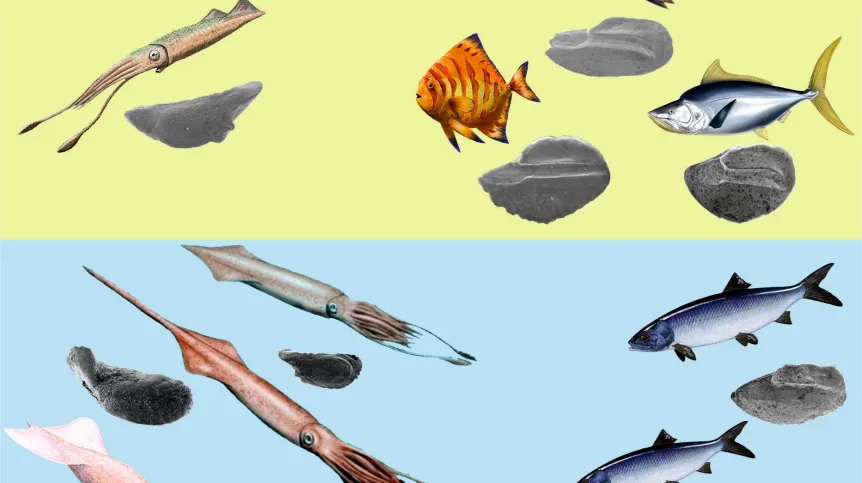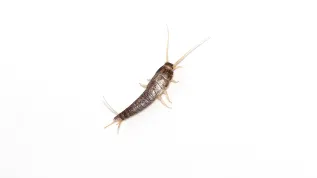
Fish began to dominate the world’s oceans in the Early Cretaceous, replacing cephalopods that had ruled the Jurassic seas, according to new research by palaeontologists from the Polish Academy of Sciences and their collaborators.
The study, published in the Journal of Vertebrate Palaeontology, reconstructs marine ecosystems from the Jurassic and Early Cretaceous periods using microfossils—otoliths and statoliths—collected from sites in Poland, Lithuania, and the United Kingdom, along with data from previous studies.
“In almost every one of these sites, the most abundant microfossils belonged not to fish, but to cephalopods, suggesting that throughout the Jurassic period, cephalopods were the most abundant group in the seas,” said Maciej Pindakiewicz, the study’s first author. “The second most numerous group were older relatives of today’s fish, while thin-scaled fish—those that dominate today—constituted a small percentage,” he added.
Fish began to play a major role toward the end of the Jurassic. “And in the Early Cretaceous, around 140 million years ago, we have a completely different picture of the water column—there are almost no traces of cephalopods from the decapod group, and fish constitute 90% of all animals in the studied materials,” Pindakiewicz said.
“However,” he continued, “we do not know exactly what caused this change. This may be related to the Mesozoic marine revolution, which, while primarily affecting benthos or seabed animals, according to our research, also affected the water column, as exemplified by the change in the significance of fish.”
Andrzej Kaim, PhD, a professor at the Institute of Palaeobiology of the Polish Academy of Sciences, said the findings push back the timing of that revolution. “Our research shows that it happened earlier, and not only on the seabed, but also in the water column,” he said.
Pindakiewicz added that the marine revolution was driven by increasing predation pressure that began in the Triassic.
“The animals that survived were those that could escape or defend themselves, such as bivalves, predatory snails, and crabs,” he said.
Fish, as we know them today, first appeared in the Triassic and evolved through the Jurassic. “Until the culmination in the Early Cretaceous, when fish not only became highly diverse in species and ecology, but also began to occupy all marine niches—from the seabed to coastal waters. And this is the picture we still have today,” the researchers concluded. (PAP)
PAP - Science in Poland
akp/ bar/
tr. RL













